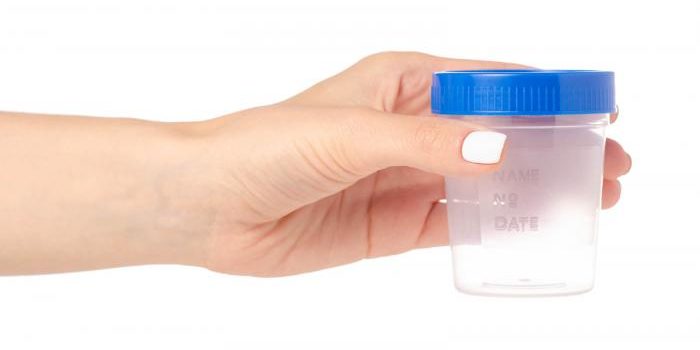The test requires little preparation. Usually, a person just has to urinate into a plastic container.
It is important to note that certain medicines and supplements can cause false-positive results that indicate illegal drug use.
A person should tell the test provider if they are taking any:
- prescription medications
- over-the-counter medicines
- herbal remedies
- supplements
A medical professional or technician will carry out the urine drug screen. They may start by asking a person to:
- empty their pockets
- remove any excess clothing and items, such as bags and coats
- clean their hands with antibacterial gel or soap and water
- clean their genital area with a wipe, which the technician will provide
The technician will then instruct a person to:
- urinate into a container, until the level of urine reaches a certain point
- put the lid on the container and return it to the technician
The technician will then measure the temperature of the urine sample to ensure that it is suitable for testing. They will then seal the sample in a plastic bag.
Both the donor and the technician should keep an eye on the sample until it is sealed, to make sure that no one has tampered with it.
Sometimes, the technician will accompany the person into the test room to make sure that they are giving the sample correctly. The technician should explain the reason for this supervision.
A urine drug screen can quickly and effectively detect the presence of illegal or prescription drugs in the body.
Doctors, sports officials, and employers may request a urine drug screen for various reasons.
These screens can check for a range of drugs, including marijuana, nicotine, barbiturates, and opioids, such as heroin and methadone. Some drugs remain traceable in the body longer than others.
If an initial result is positive, a person may need to take a second test for confirmation.

